The UK's Unpredictable Skies: Decoding the Deluge Threat
Decoding UK heavy rain warnings: discover why parched ground amplifies flood risks. Learn to navigate evolving Met Office alerts and prepare for an unpredictable weather future.
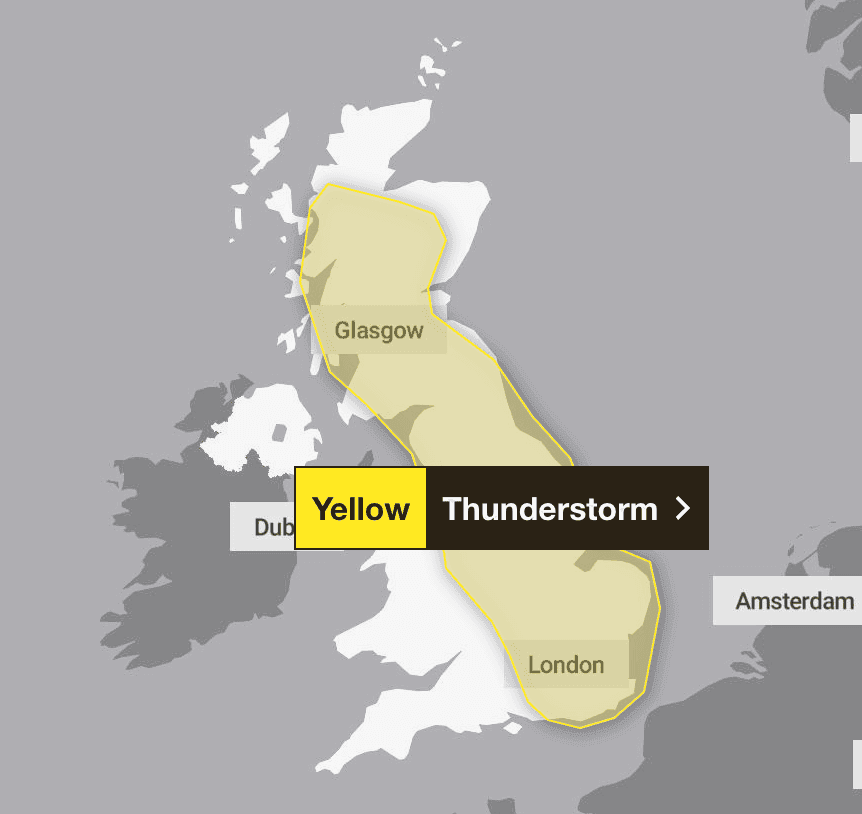
Navigating the Nuances of Met Office Warnings
The UK's weather landscape is increasingly defined by its unpredictability, making the 's warning system an essential guide for public safety. These alerts, ranging from Yellow to Amber, are far more than just a heads-up; they're a critical barometer of potential danger. A Yellow warning, for instance, signals a "slight" chance of disruption, from minor road flooding and property impacts to possible power cuts or delays in public transport. It's a call to be aware and plan accordingly. When the warning escalates to Amber, as seen recently in parts of and the , the stakes are significantly higher. This level indicates a strong likelihood of more severe outcomes, including "fast flowing or deep flood water" that could cut off communities, and a greater probability of homes and businesses being inundated.
What's crucial to understand is the dynamic nature of these forecasts. As Chief Meteorologist noted, "The situation is evolving, and warnings may be changed or added." This reflects the complex interplay of atmospheric conditions – such as warm, humid air clashing with colder air, forming deep, rain-producing clouds – which dictate the intensity and trajectory of storms. Recent alerts have highlighted the potential for intense downpours, with 20 to 40mm of rain in an hour under an Amber warning, and even up to 70-100mm over a few hours. While some predicted deluges might not materialise exactly as feared, the 's role is to provide the most accurate assessment of risk, urging vigilance across affected regions, from the coastline to . Understanding these distinctions is the first step in personal and community resilience.
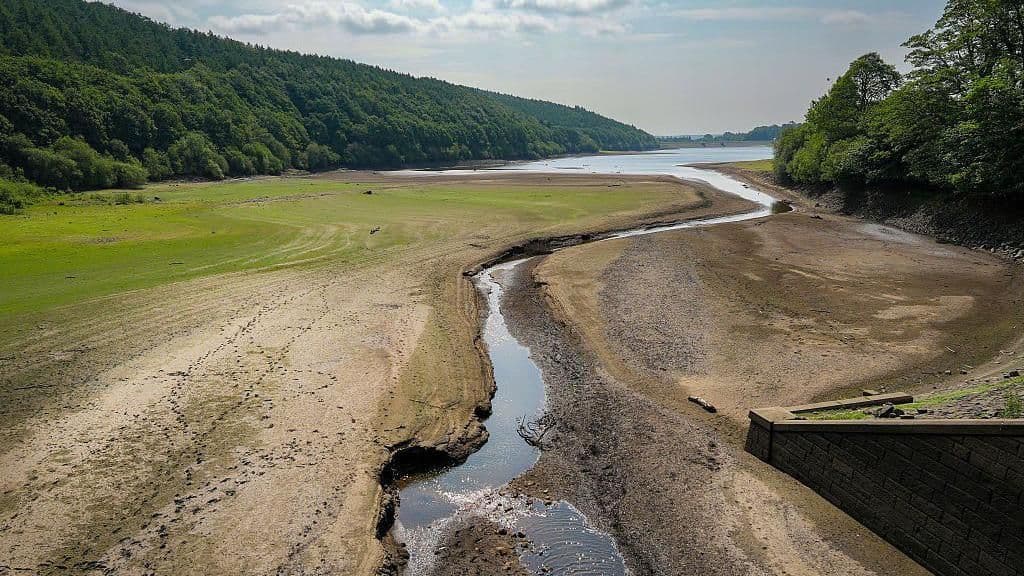
The Dry Ground Dilemma: Why Parched Earth Fuels Fiercer Floods
It seems counter-intuitive, doesn't it? After weeks of scorching temperatures and widespread drought conditions, marked by a third heatwave and numerous hosepipe bans across the , the arrival of heavy rain might sound like a welcome relief. Yet, this very sequence of events – from parched earth to sudden downpours – creates a precarious scenario that amplifies the risk of severe flooding. The core of this "dry ground dilemma" lies in the soil's inability to absorb water effectively once it has been baked hard by prolonged heat.
When the ground is severely dry, it becomes almost impermeable, akin to concrete. Instead of soaking in the initial rainfall, the water simply runs off the surface at an accelerated rate. This rapid runoff overwhelms drainage systems, local sewers, and even natural waterways, leading to flash flooding. This phenomenon was starkly evident in previous summers, where thunderstorms following heatwaves caused significant disruption, including flooded roads and even Tube stations in . While a substantial, sustained period of wet weather is needed to replenish reservoirs and groundwater aquifers, the intense, localised deluges characteristic of post-drought thunderstorms offer no such benefit. Instead, they present an immediate hazard, turning what should be a much-needed drink for the land into a destructive torrent. This complex interaction between extreme dryness and sudden wetness underscores the evolving challenges of our climate.

Urban Vulnerability: London's Battle Against Surface Water
While the "dry ground dilemma" poses a nationwide threat, urban centres like face a compounded challenge, particularly when it comes to surface water flooding. The capital's very fabric, dominated by vast expanses of impermeable surfaces – concrete, tarmac, and buildings – drastically alters how it responds to heavy rainfall. Unlike green spaces that can absorb water, these hard surfaces ensure that almost every drop becomes runoff, accelerating its journey into an already stretched drainage network. This inherent vulnerability means that is "particularly susceptible to surface water issues during thunderstorms," as highlighted by the .
Consider the sheer volume of water: an Amber warning can mean 20 to 40mm of rain in a single hour, potentially accumulating to 70-100mm over a few hours in persistent downpours. Such intensity, combined with the city's urban sprawl, creates conditions ripe for rapid and deep flooding. We've seen the consequences firsthand; the summer of 2022, following a heatwave, brought flash flooding that submerged roads, disrupted Tube stations, and even caused significant delays at . These aren't isolated incidents but recurring patterns. The recent Amber thunderstorm warning for and the , signalling "fast flowing or deep flood water," serves as a stark reminder that even a brief, intense shower can have profound impacts, turning familiar streets into treacherous waterways and cutting off communities with alarming speed.
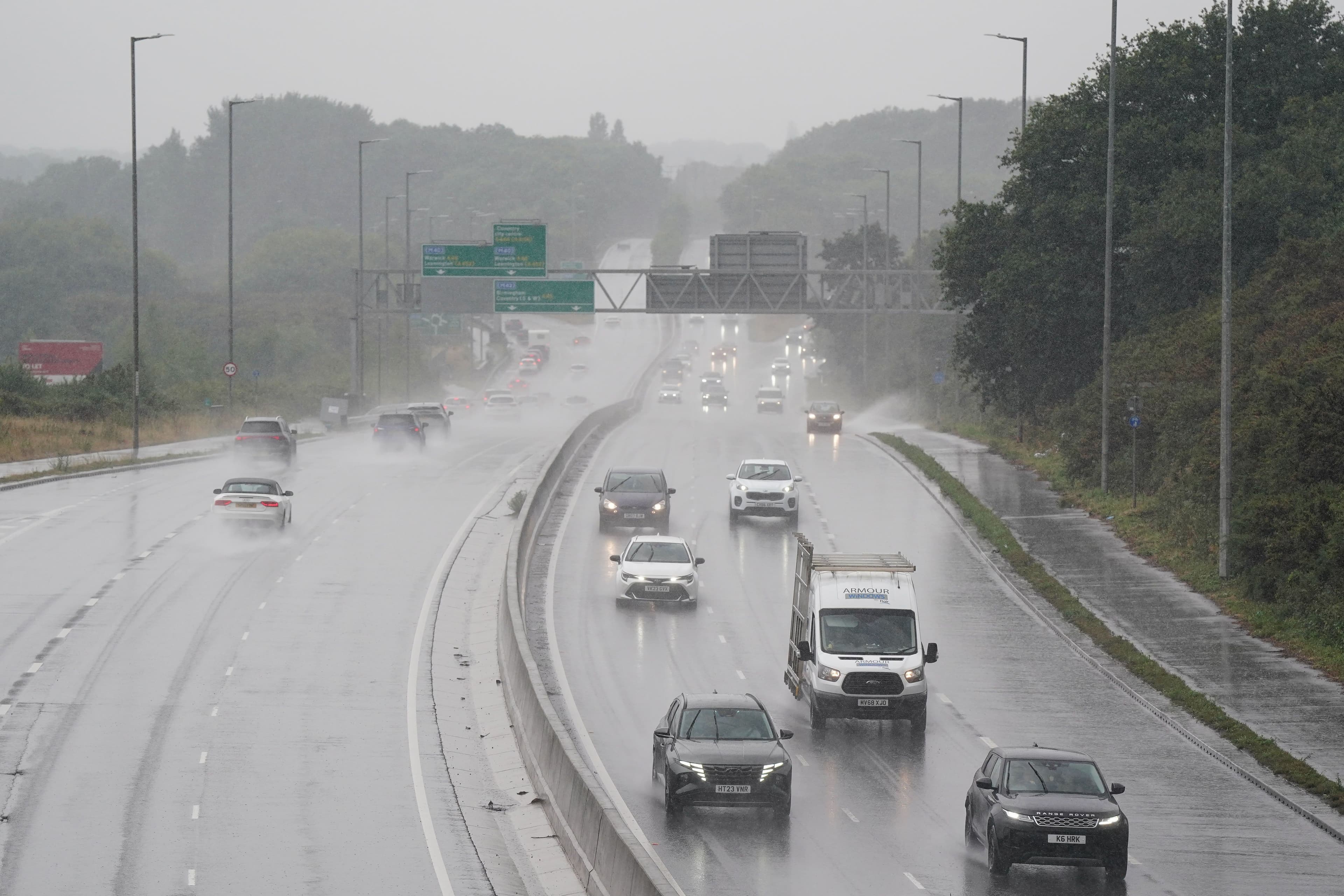
Beyond the Forecast: Practical Steps for Personal Preparedness
Understanding the warnings is one thing; translating that knowledge into practical action is another. When heavy rain and thunderstorm alerts are issued, personal preparedness becomes paramount, shifting the focus from merely observing the weather to actively mitigating its potential impacts. For homeowners, this means considering protective measures if your property is prone to flooding, even if it's just ensuring drains are clear and valuable items are moved to higher ground. Remember, even a Yellow warning indicates a "slight" chance of property flooding, which can quickly escalate.
Travel plans demand particular attention. With "fast flowing or deep flood water" a real possibility under Amber warnings, and general road and public transport delays likely under Yellow alerts, checking local conditions before setting out is non-negotiable. Motorists are consistently urged to exercise extreme caution; driving through floodwater is incredibly dangerous and should be avoided. Even shallow water can hide hazards or stall a vehicle. Furthermore, the risk of power cuts, however slight, means having an emergency kit ready – think torches, fully charged phones, and perhaps a battery pack. Beyond these immediate steps, it’s about staying informed. Chief Meteorologist 's emphasis on the "evolving" nature of these situations means regularly checking updated forecasts and local authority advice. Proactive steps, however small, can make a significant difference in safeguarding yourself, your family, and your property against the sudden fury of a summer storm.

A Shifting Climate: Adapting to the UK's New Weather Reality
The dramatic swings between record-breaking heatwaves and intense, localised deluges are not mere anomalies; they are increasingly symptomatic of a fundamental shift in the 's climate. As scientists have recently underscored, "record-breaking extreme weather was the new norm," a direct consequence of escalating carbon pollution. 's hottest June since 1884, followed by the recent Amber warning for – the first since in January 2024 – paints a clear picture of this evolving reality. The traditional understanding of British weather, often characterised by its mild temperateness, is rapidly being rewritten.
This new normal presents a profound challenge. We're seeing a pattern where prolonged dry spells bake the earth, creating conditions ripe for flash flooding when rain eventually arrives. Yet, these intense bursts of rain do little to alleviate underlying drought conditions, as the water runs off rather than soaking in to replenish depleted reservoirs and aquifers. A true recovery requires sustained, moderate rainfall, not violent downpours. Adapting to this reality means more than just responding to individual warnings; it necessitates a long-term strategy for resilience. This includes investing in robust urban drainage, promoting sustainable land management to improve water absorption, and fostering a public understanding that our weather is no longer just "unpredictable" but demonstrably changing. Embracing this uncomfortable truth is the essential first step towards building a more resilient nation capable of navigating the increasingly volatile skies above.
Related Articles
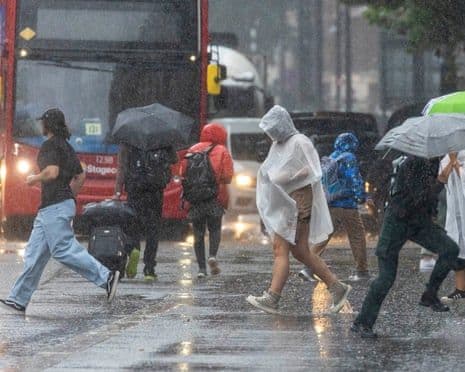
Britain's Deluge Dilemma: Unpacking the Urban Flood Challenge Amidst Rising Rain Warnings

Britain's Deluge Dilemma: Unpacking the Urban Flood Challenge Amidst Rising Rain Warnings
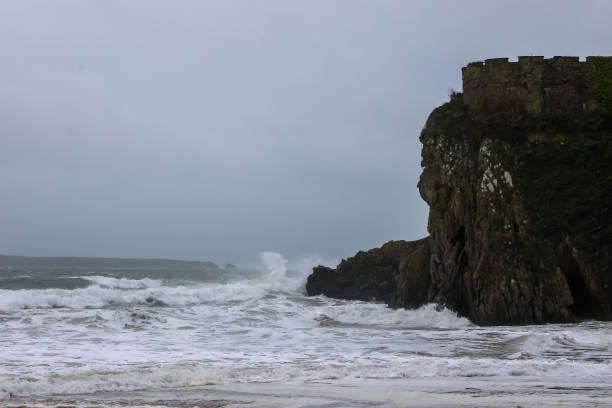
Whispers to Warnings: The Human Story Behind Floris's Unseasonal Gale

Whispers to Warnings: The Human Story Behind Floris's Unseasonal Gale
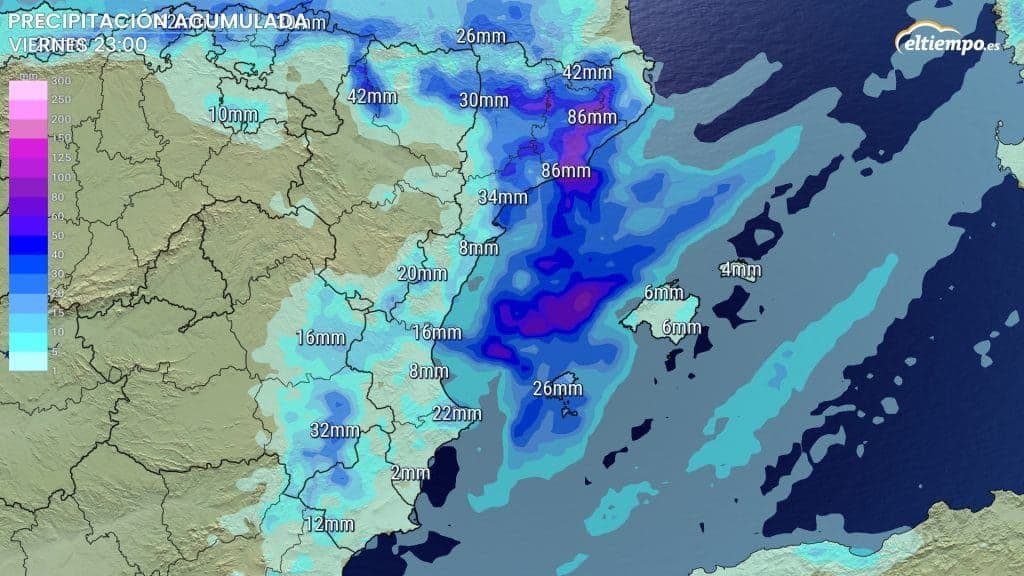
July's Temperamental Turn: Navigating Spain's Unexpected Mediterranean Downpour

July's Temperamental Turn: Navigating Spain's Unexpected Mediterranean Downpour

The Daily Dial: Decoding the Earth's Shifting Moods in Your Local Forecast
